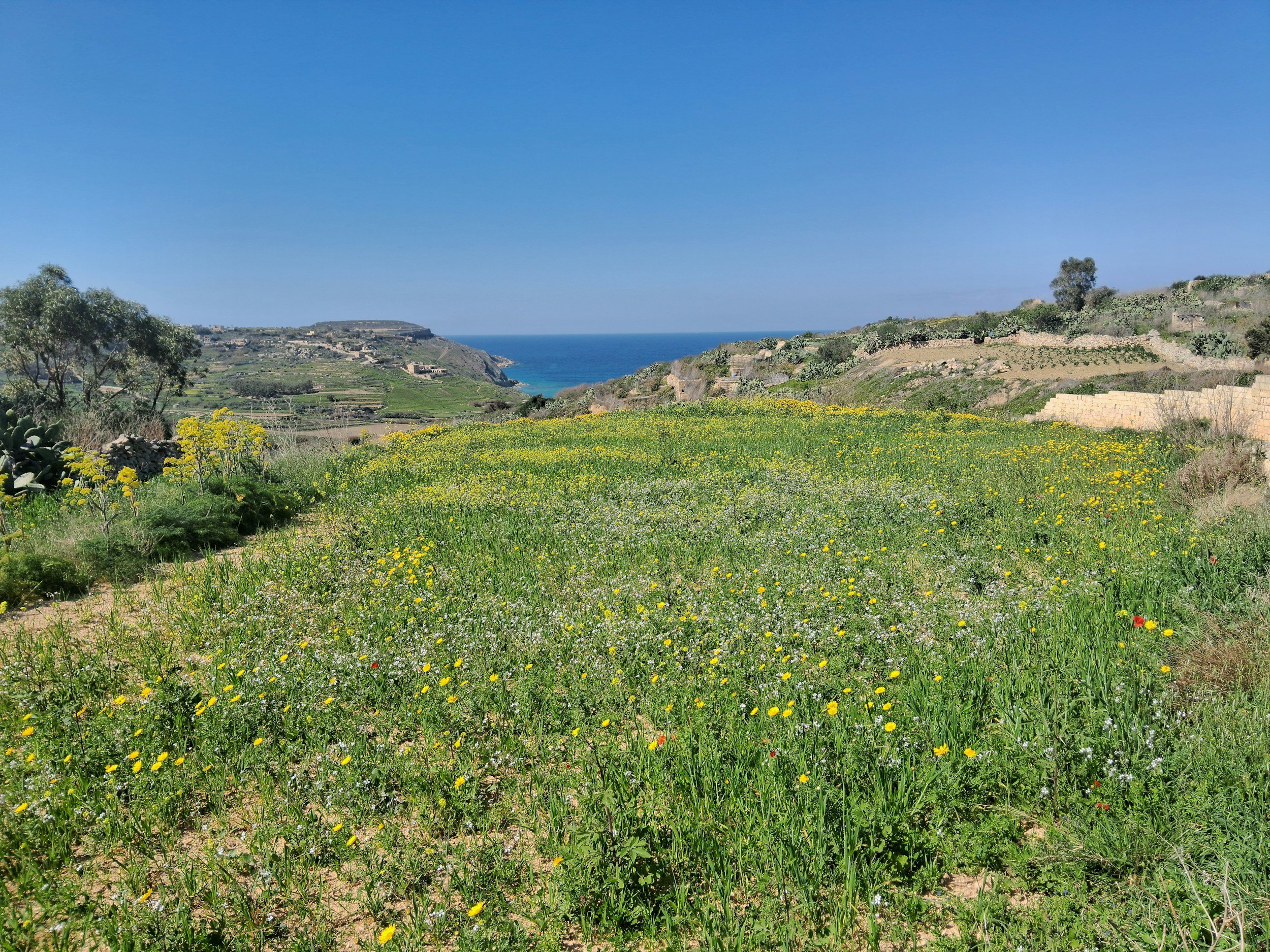EU budget 2028-2034: Common Agricultural Policy budget cuts and impacts on Maltese agriculture
First, it is important to understand how the Common Agricultural Policy (CAP) budget is set at the European level and afterwards at the national level. The Multiannual Financial Framework (MMF) or the European Union budget is determined for a certain period. The proposed budget covers the period from 2028 to 2034. A portion of that budget is then allocated by sector such as agriculture. Finally, each Member State drafts what we call a CAP Strategic Plan with its allocated budget repartition following predefined objectives.
Another important point to make before going further, is to understand that these EU subsides are of course fundamental to support EU farmers to have a fair income and to guarantee our food security but not only! CAP subsidies are also there to support the EU rural sector in all its facets, from cultural heritage to climate change mitigation.
Yesterday, European Commission President Ursula von der Leyen unveiled the proposed Common Agricultural Policy budget, planning to cut funding from €386.6 billion to €300 billion. This cut would represent for EU agriculture a reduction after 2027 of more than 20%, not even taking into account inflation.
This is especially concerning when you realize that CAP expenditure as a share of total EU expenditure over time has decreased by more than 40% since 1985 while today, the EU is more than ever exposed to global market shocks and should therefore continue making its agricultural sector one of its top priorities. It is even more concerning for a country like Malta which, on top of this, is suffering from structural disadvantages such as insularity, economy of scale, agricultural land access and climate change effects due to its unique geographical position among the other Member States.
For Maltese stakeholders active in the agricultural and rural sectors, a reduced CAP budget could mean less direct support such as small farmer payments or coupled payments essential to help sectors such as the dairy sector among others. But also, less support for the setting-up of young farmers, for investments like reservoirs or rubble walls, for the environment and biodiversity or for adapting to climate change effects.


